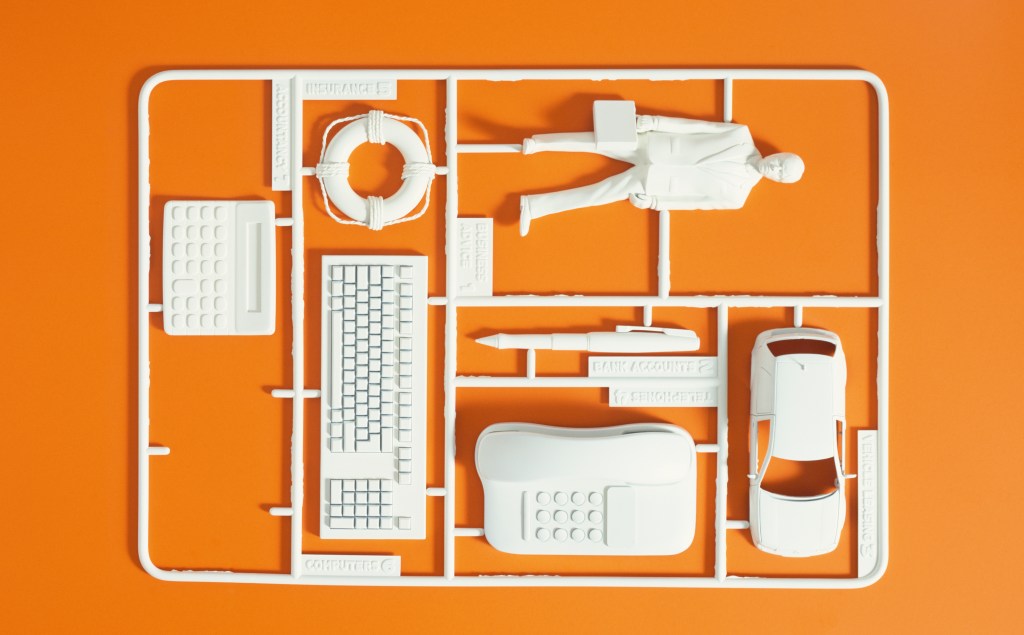The invasive green crab, which has overrun ecosystems from Nova Scotia to California, may soon become a bountiful source of biodegradable plastic.
Scientists from Canada plan to crush up crab shells, wash away all the excess material, and extract the super-strong polymer chitin. Chitin, which is found in crustacean and insect shells, can be used to make a bioplastic that degrades in the ocean. This project kills two birds with one stone: reducing numbers of invasive species and creating an alternative to plastic.
Videos by VICE
McGill chemist Audrey Moore is heading this project, teaming up with Nova Scotia’s Kejimkujik National Park Seaside to make cups and cutlery out of hordes of green crabs. Moore’s lab was crowdfunded by McGill’s Seeds for Change.
“Partnering with Kejimkujik is a big challenge, going out of our comfort zone,” Moore said. “We had to get out of the lab and into the real world to see if this could actually work.”
This isn’t the first time something like this has been proposed. Labs from Scotland to California are working on similar projects, all hoping to harness chitin to make plastic. However, getting from crab shell to fork isn’t a simple task. In many labs, scientists use harmful chemicals like hydrochloric acid to purify the chitin, then adding more chemicals to transform chitin into chitosan, the material that can be used to make plastic. Though cleaner than making plastic out of petroleum products, this process generates a lot of contaminated wastewater that is not good for the environment.
Moore’s lab, which specializes in green chemistry, is trying a new approach. Instead of dissolving the shells in acid, she is mixing the crushed-up crustacean with another powder, requiring a lot less water and creating far less waste. The results of this research were published in Green Chemistry in March 2019.
“When you think chemistry, you usually think about mixing liquids,” Moore said. “But we realized that you can do a lot of good chemistry in the solid phase.”
This is still just the beginning. Now, Moore has to test to ensure that this new plastic can actually degrade in natural environments. She also wants to scale up the production, which will require more crabs. Luckily, there is no shortage of green crabs—and conservationists across Canada want them gone. The first batch of crabs is set to be shipped to McGill this spring. Eventually, Moore hopes to build a small facility to crush up the crabs on site, making it easier to ship higher quantities back to her lab.
In Kejimkujik, green crabs have decimated eelgrass and clam populations since the 1980s. Eelgrass may seem like an unimportant conservation target, but seagrass ecosystems are among the most diverse in the world. Eelgrass helps stabilize the loose, shifting sediment of the ocean floor, and provide oxygen and habitat for many marine organisms, including juvenile fish. They’re critical feeding grounds for many migratory birds and provide a surface for algae to grow.
It’s not just eelgrass—green crabs wreck havoc wherever they go. Their populations boom, outcompeting or outright eating native invertebrates. As climate change warms our waters, invasive species such as green crabs are becoming more common, infiltrating more ecosystems.
That’s on top of another dire problem: every minute, we dump an equivalent of one garbage truck of plastic into the ocean. That plastic ends up tangled in the guts of seabirds and turtles, wrapped around the necks of dolphins, or suffocating schools of fish. What’s more, plastic leaches harmful chemicals that can be toxic to many marine organisms.
Bioplastics have long been touted as a potential solution to this crisis, but Moore’s lab brings the science one step closer to reality, proving that we can make plastic in a cleaner, greener way.



